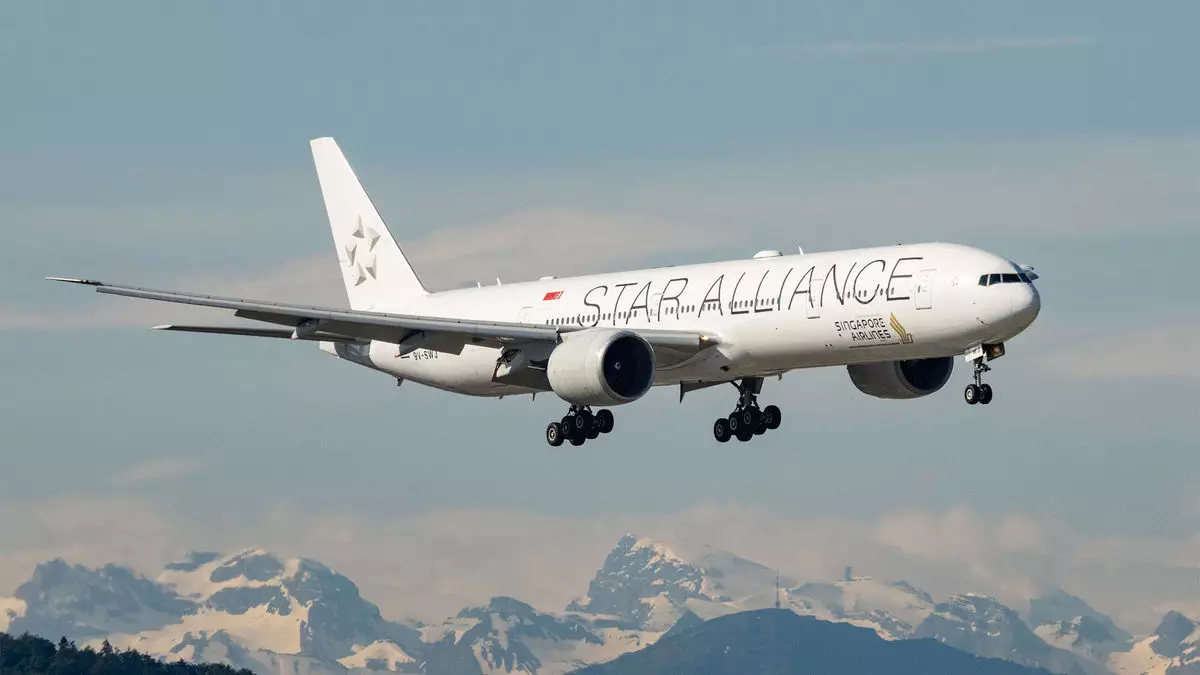As global airline alliances such as Star Alliance, Oneworld, and SkyTeam continue to evolve, the focus is shifting towards integrating technology to enhance the overall travel experience for passengers. The goal is to make the process of booking and flying on multiple airlines as seamless and convenient as possible. One example is Oneworld CEO Nat Pieper’s vision of making multicarrier tickets easy to orchestrate for passengers, similar to booking a single airline itinerary. The emphasis is on streamlining the entire journey, from searching for flights to check-in processes.
The alliances are making significant progress in achieving their goals, with SkyTeam leading the way in terms of multi-airline itinerary check-in. CEO Patrick Roux mentioned that SkyTeam now offers seamless check-in on 95% of its global volume, allowing passengers to check in for multiple flights on different carriers using a single app. This milestone marks a major accomplishment for the alliance and demonstrates their commitment to providing a hassle-free travel experience.
Meanwhile, Star Alliance is focusing on enabling cross-airline free seat selection and multi-airline bag tracking. The alliance has already achieved an 83% success rate in free seat selection on connecting bookings and is aiming to increase that number to 90% by the end of the year. Star Alliance also anticipates facilitating bag tracking on 60% of its itineraries in the near future. These advancements show that the alliance is dedicated to enhancing the overall travel experience for passengers.
Despite the progress made by SkyTeam and Star Alliance, Oneworld lags behind in terms of common check-in options for passengers. However, the alliance is gearing up to improve its technology integrations with the aim of linking 50% of its airlines into a common platform by early next year. American Airlines, a key member of Oneworld, has committed to leading the charge in driving common tech adoption within the alliance, which is expected to facilitate funding from other members.
One of the challenges faced by the alliances is securing funding commitments from member carriers for technology integrations. Member airlines must prioritize allocating resources between internal systems and alliance-wide initiatives, which can be a complex decision-making process. Despite these challenges, the alliances are pressing forward with their plans to enhance cross-airline facilitations such as real-time flight information, seat assignments, and ancillary product sales.
In addition to improving the travel experience, the alliances are also focusing on enhancing loyalty programs and servicing for passengers. Star Alliance, for example, has developed capabilities to immediately credit points to a member’s loyalty account when flying on a different alliance member. This seamless integration simplifies the earning and redemption of points across multiple airlines within the alliance.
Furthermore, efforts are underway to improve cross-airline servicing during disruptions, such as the ability to rebook flights on the operating airline through any alliance-member app. While these build-outs may take time to fully implement, the alliances are committed to making the travel experience as seamless as possible for passengers. The ultimate goal is to transform the customer journey by providing a hassle-free and integrated travel experience across multiple airlines.
The future of seamless multi-airline travel looks promising as global airline alliances continue to invest in technology integrations and innovative solutions to enhance the overall passenger experience. By prioritizing convenience, efficiency, and customer satisfaction, these alliances are paving the way for a new era of interconnected and seamless air travel.

